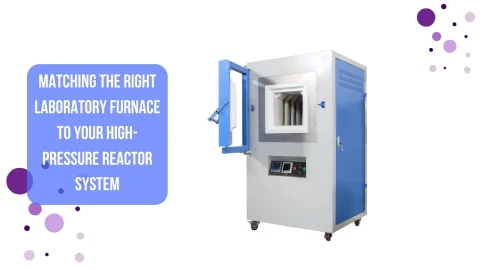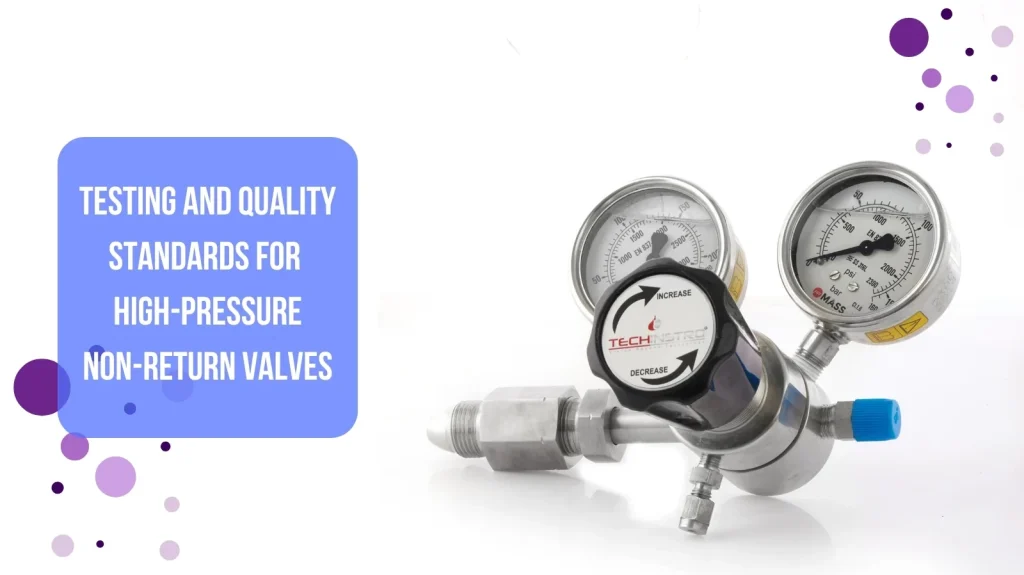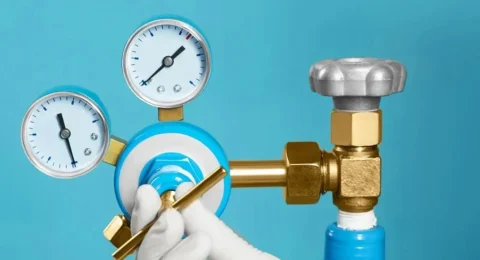To choose the proper high-pressure regulator for industrial applications, focus on safety, simplicity, and reliability. Follow these clear steps and tips for an easy selection and a trouble-free experience.
What Is a High-Pressure Regulator?
A high-pressure regulator controls the pressure of liquids or gases in a system by taking high input pressure and lowering it to a safe, steady output pressure. This helps your equipment run smoothly and protects people from dangerous pressure spikes.
Where Are They Used?
You’ll find pressure regulators in many places:
Factories and laboratories, where gas or liquid flows must remain constant.
Oil and gas plants, chemical plants, and waterjet cutters.
Pharmaceutical systems, semiconductor factories, or food industries.
Gas welding, home heating, and even in fueling stations for vehicles.
Steps to Select the Best Regulator
Know your fluid (is it a gas or liquid? Is it clean or corrosive?).
Write down your inlet (starting) and outlet (required) pressures.
Check the flow rate: how much fluid does your system need every minute?
Choose a regulator made of strong, rust-proof material like stainless steel for tough jobs.
Make sure seals and connections fit your pipes or tubes.
Pick the right type:
Use a single-stage regulator for simple jobs.
For steady control or sensitive tasks, choose a dual-stage or pilot-operated regulator.
If you need clean or high-purity service, use a high-purity regulator with special seals.
Helpful Tips
Always match the regulator’s maximum limits to your process needs.
For environments with chemicals or strict purity needs, choose valves and seals designed to resist damage or contamination.
Look for easy-to-adjust models if you need frequent pressure adjustments.
Safety comes first: well-selected regulators keep operations smooth and prevent bursts and leaks.
By understanding your process and selecting a regulator based on pressure, flow, material, and system compatibility, you will improve safety and performance.







